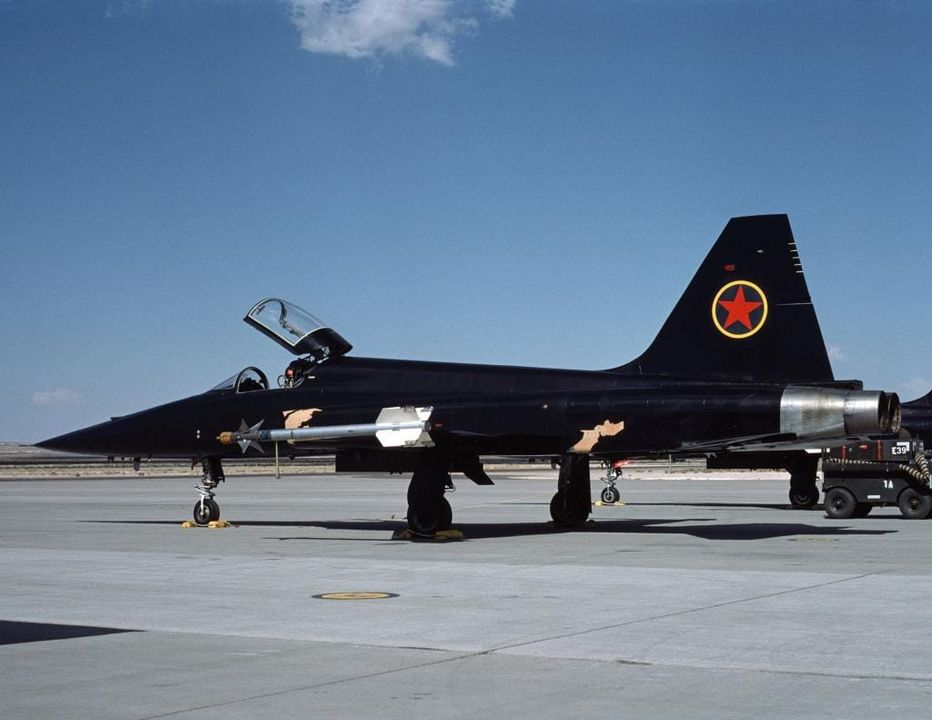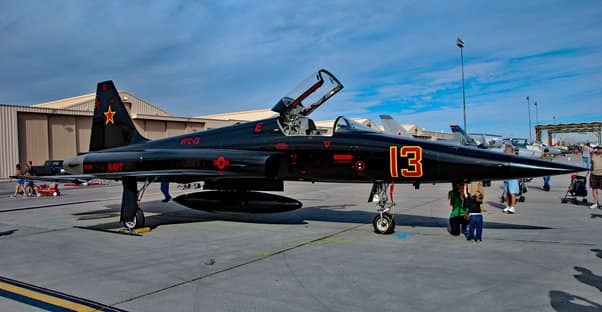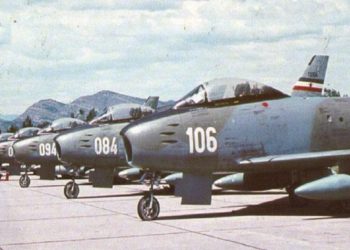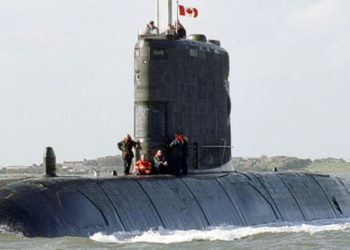The Rise and Fall of the MiG-28 “Fantasy”

As tensions between the East and West began to heat up, the USSR soon found itself in a rather precarious situation. In 1978, the United States Air Force introduced the General Dynamics F-16 “Fighting Falcon” into its ranks. A lightweight but very capable multirole fighter soon saw itself becoming very popular among Western-aligned countries.
The Emergence of the F-16 and Its Impact
A popularity which began to skyrocket after the Israeli Air Force used them during “Operation Opera,” where six F-16s were able to successfully enter Iraqi airspace and destroy a nuclear reactor under construction near Baghdad. Not to mention the numerous air-to-air kills the IAF had scored against Syrian MiGs throughout the 1980s.
It soon became clear to Soviet leadership that the USSR also needed lightweight yet capable multirole combat aircraft of their own. Thus in 1983, Mikoyan-Gurevich revealed the nimble yet mostly unknown MiG-28 to the Soviet Air Force.
The Birth of the MiG-28 “Fantasy”

Using ex-South Vietnamese examples of the American F-5 “Freedom Fighter” as a basis, the MiG-28 (NATO designation:”Fantasy”) was a twin-engined combat aircraft that Mikoyan-Gurevich saw as the true successor to their much-celebrated MiG-21.
The decision to use an “American” design did have some pushback from some within the Soviet Leadership. But Mikoyan-Gurevich countered, saying the decision was made after numerous test pilots praised the F-5 for its maneuverability and easy-to-use control system. As the F-5 had beaten both the MiG-21 and even the MiG-25 in mock dogfights. Test flights of the MiG-28 began in late 1983, and the Soviet leadership was so pleased with its performance that an order for 500 units was made in 1985.
Technical Specifications and Armament

Power came from reverse-engineered Klimov RD-22-3-J jet engines, based on the General Electric J85-GE-21 normally found on the F-5. This gave the Fantasy a top speed of Mach 1.55 and a range of just under 500 miles. It was also armed with a pair of Vympel K-13 “Atoll” air-to-air missiles and a nose-mounted 20mm cannon. Many within the Soviet leadership and Mikoyan-Gurevich believed that the MiG-28 could become a popular option for a number of Warsaw Pact and other Moscow-aligned nations, many of whom were still using the MiG-21 at this point in time.
The Downfall of the MiG-28 Program
But whatever hopes the USSR had for the nimble fighter were soon dashed in 1986 when one American F-14 Tomcat was able to destroy three MiG-28s in what is known today as the Layton Incident. This made many question the viability of acquiring the MiG-28, especially considering Moscow’s history of exporting “Monkey” variants of their best equipment.
Couple this with the failing Soviet Economy in the late 1980s, and the Fantasy never met its production goal of 500 units, with only 75 being produced, 20 of which were export variants that were given the RD-22-E jet engine. This engine suffered numerous issues, and as a result, there are currently no examples of the Export Fantasy still flying today. Though a number of MiG-28s did find their way into the U.S. and Canada, all of which are owned by private collectors. But other than these units, there are no MiG-28s currently in service with any nation today.
Though it is believed that Iran was able to acquire some of the blueprints from Russia and used them to refurbish their fleet of F-5Es, resulting in the Iranian HESA Saeqeh and HESA Kowsar.
~NC










